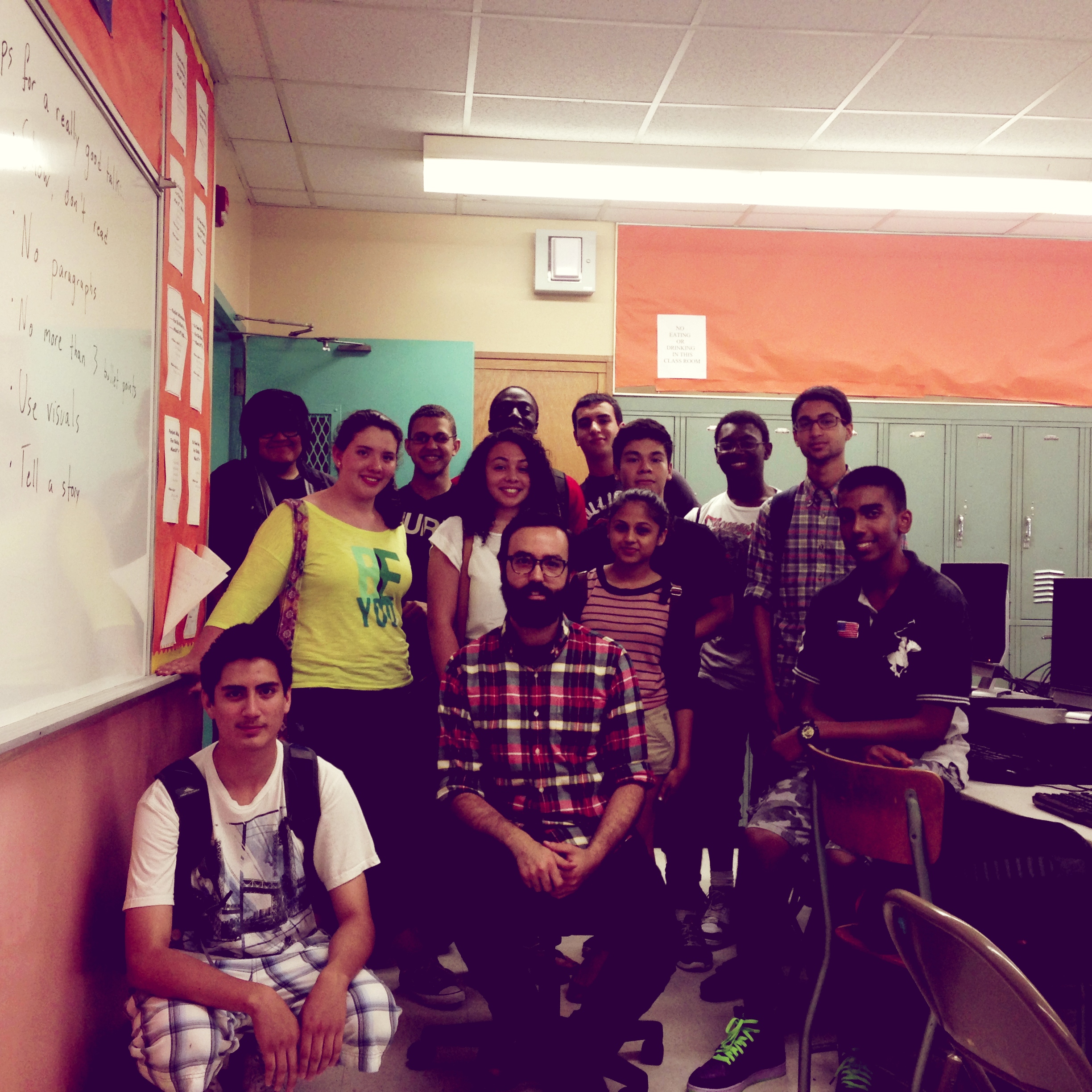DNA Barcoding Summer Workshop

I just wrapped up a five day DNA barcoding workshop for high school students that was part of the Cold Spring Harbor Laboratory’s series of summer enrichment programs. You can find out more about the program over at DNAbarcoding101.org. But before I get into my experience running the workshop, first a short digression about education.
Do college students drop out of science because science is hard, or because they are unprepared for college STEM classes by their high school coursework? A recent working paper by the National Bureau of Economic Research makes the former claim based on a study of 655 students at one college. This is briefly written up by Matthew Yglesias over at Slate. There, he cautions that, “you probably either need better-prepared 18-year-olds or else you have to make the courses easier.”
The solution I’m partial to is better-preparing our high school graduates. But this is easier said than done. Chad Orzel has written up a more through take-down of the NBER paper over at ScienceBlogs. He’s less convinced that the data support the claim that students in the sampled population dropped out of science majors because of a lack of innate ability or a lack of preparation. Correlation does not equal causation, yadda yadda yadda. A bigger sample size would great.
Still, I’ve worked with NYC high school students and NYC college freshman for 7 years now and so I have perspective on both sides. While my experience is necessarily anecdotal, it’s also highly granular and I know some of the stories that get lost in aggregate data. Students are often not prepared for college STEM classes, and they are unprepared in a (unsurprising) variety of ways.
This is why I was so excited to participate in a summer workshop for high school students on conservation genetics and DNA barcoding. I worked with a selected group of highly motivated rising juniors and seniors on an applied research topic. The workshop had two components: a 5-day section on biodiversity conservation genetics and a 5-day section on DNA barcoding. I ran the DNA barcoding section. This workshop was organized by the Cold Spring Harbor Laboratory’s DNA Learning Center and funded by the Pinkerton Foundation.
In five days, my students (featured in the photograph above) were able to:
- Extract genomic DNA from fish tissue samples
- PCR amplify the COI marker and submit these amplicons for sequencing
- Process raw ABI trace files—trimming, contig assembly, and quality control base calling
- Obtain reference sequence data from GenBank and other sources
- Construct a multiple sequence alignment of COI
- Make maximum likelihood gene trees
- Communicate results to their peers in a presentation
All in five full school days. Each of these steps was a new experience for the students and even in their AP Biology classes they would not have the opportunity to do bioinformatics. Beyond providing students with the skills directly employed (which was never the point, for me anyway), the lessons have value because they provide perspective to the students—they get to experience research—and they get to interact and learn alongside a professional scientist.
By bringing research into the classroom we can better prepare our students for the rigors of a college STEM education. This translational research can have a big impact in high school, as I have experienced through my work with CUNY’s College Now program and now the CSHL Urban Barcode project. We promote professional preparation by providing these students an experience that mirrors research. And the goal isn’t really the particular science skills because, I’d argue, the critical thinking and problem solving and communication skills developed when doing research are highly transferable.
So rather than making science classes easier, I’d argue for making science classes more interesting and more engaging for students. In my anecdotal experience, this is easily accomplished by bringing research into the classroom. And the kids? They loved it. I think GenBank blew their minds.
— Samuel